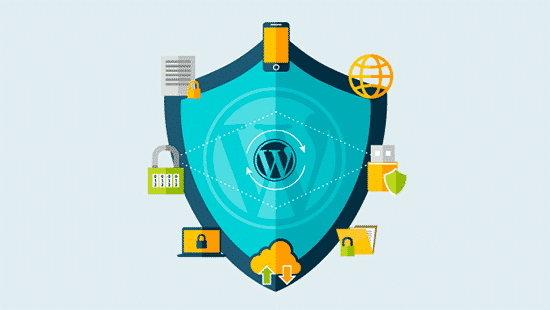WordPress is one of the easiest tools to create your own website or blog with. It becomes more and more popular nowadays, and it is likely that WordPress powers more than one in four websites you visit. This open-source content management system is licensed under GPLv2, which makes it possible for anyone to use it without any charge.
Thanks to such a tool, even without any knowledge of programming, you can take care of such significant aspects of your site as the content. WordPress makes website building available to anyone, also those people who don’t work as developers. There are numerous sites where you can find useful information on this subject, helping you to create your own project, such as Web Monkey Online.
Here you can find our top ten rules of WordPress for beginners. They will be helpful for sure!
Choose a Proper Domain
One of the most important parts of your brand identity is the domain name. For this reason, you should think it over carefully and come up with such an idea that will set the tone for your site and make it clearer for the readers to know what they can expect there. You should keep it short, make it easy to remember and possibly, also add a keyword that is relevant to your future content.
Learn the basic WordPress Terminology
You should understand some basic terms associated with WordPress. For example, note the difference between posts and pages. If you want to publish a new blog post, you need to use a post, obviously. It will appear at the top of your blog. You may also want to add an about page, which doesn’t look like a post-it is a one-off, timeless content. What is more, it can be hierarchical, which means you can have pages inside a page.
Install Google Analytics
To understand your audience better, you need to know what they are searching for and what they do on your website. This is where Google Analytics comes in handy. It will provide you with a lot of useful information, such as the number of visitors, where did they come from, and how they behaved on your site.
Install Caching
In order for your website to load quickly, you should install caching. In this way, it will be more user-friendly and may encourage people to continue using it.
Take care of WordPress Security
Generally, WordPress is said to be quite secure. Nevertheless, it is advisable to follow best safety practices, such as applying strong passwords, installing updates regularly, securing the admin area, or even adding some plugins.
Setup Spam Protection
Spam comments can be annoying, or even dangerous, as they sometimes contain links to malicious websites. You can enable comment moderation to control them on your own or install a dedicated anti-spam plugin.
Remember to delete the Default Content
When you create your site, WordPress will provide you with some default content, such as a ‘Hello World’ post, a sample page, and a sample comment. Don’t forget to delete them, because otherwise, users may find your website underdeveloped.
Get rid of unnecessary WordPress Themes
Usually, WordPress users install and test a few themes in order to choose which one to keep. When you already make your decision, remember to delete the unused ones, because even if they are inactive, they’ll need to be updated.
Create your Gravatar
To show the user’s photo in comments and author bios, WordPress uses Gravatar. Upload a picture there so that your profile could become more personalized. In this way, your photo will appear along with your comments on millions of websites.
Set a favicon and Site Icon
The small image that can be seen next to a website title in the browser is called a favicon or a site icon. Thanks to such an enhancement, your site can be more easily identified by a user. What is more, it improves your brand recognition among visitors.
As WordPress is very user-friendly and lots of tutorials can be found online, you’ll learn it quickly, and soon you’ll be able to enjoy it to the fullest. Good luck with your first website!












